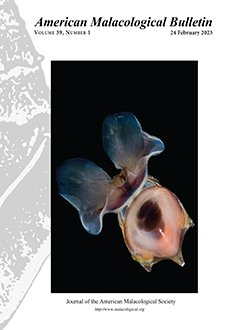The ecological role of large thecosome pteropods in the pelagic ecosystem of the northern Gulf of Mexico (GoM) may be substantial, both in the food web and biogeochemical cycling. We analyzed species abundances, vertical and horizontal distributions of large species with calcareous shells (those collected in 3-mm mesh nets). Pteropod samples were collected following the 2010 Deepwater Horizon oil (DWH) spill by two midwater sampling programs: the Offshore Nekton Sampling and Analysis Program (ONSAP 2011) and the Deep Pelagic Nekton Dynamics of the Gulf of Mexico (DEEPEND 2015) projects. All samples were collected using a 10-m2 Multiple Opening/Closing Net and Environmental Sensing System (MOC10) midwater trawl, with 3-mm mesh. This gear sampled five discrete depths between 0–1500 m. Over 13,000 pteropod specimens were examined, with 25 species identified. Clio pyramidata Linnaeus 1767 was the most abundant species during both collection periods. Five genera (Diacria, Clio, Styliola, Cuvierina, Cavolinia) demonstrated diel vertical migration from the mesoto epipelagic zone.
How to translate text using browser tools
7 December 2022
Abundance and Distribution of Large Calcareous Thecosome Pteropods in the Northern Gulf of Mexico
Sarah Shedler,
Brad Seibel,
Michael Vecchione,
Dale Griffin,
Heather Judkins
ACCESS THE FULL ARTICLE
DEEPEND Consortium
Mollusca
sea butterflies
vertical migration





